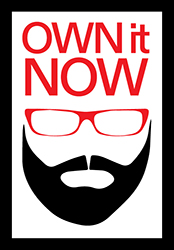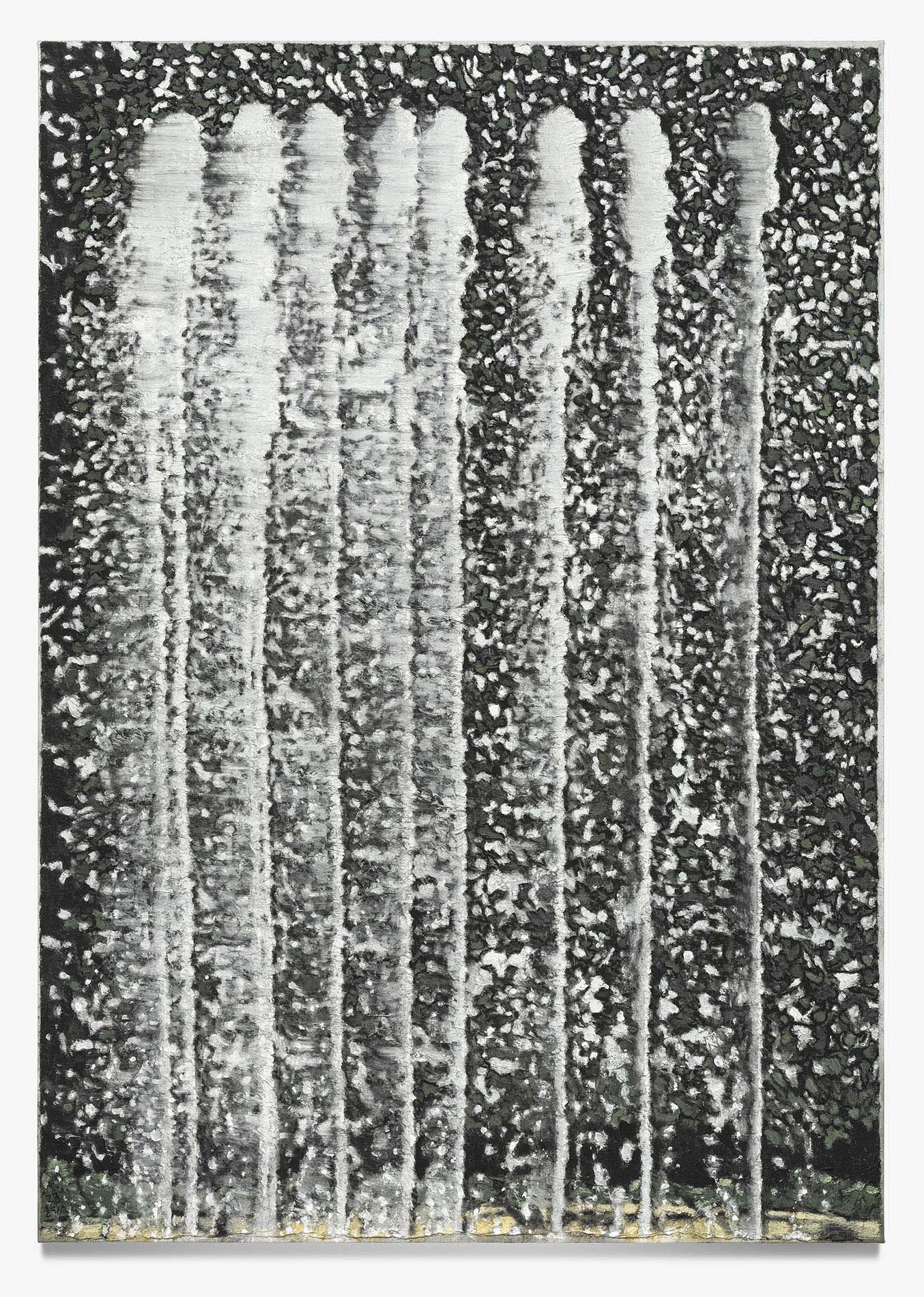For the past three decades, Yoo Geun-Taek has been bridging traditions of East Asian painting with contemporary themes and materials, crafting a singular experimental practice. The artist merges traditional materials of East Asian painting such as hanji (Korean traditional paper), ink, and chalk with heterogenous materials including acrylic and oil, delivering social-historical narratives of individuals within communities.
Yoo Geun-Taek’s works are constructed from beginning to end through the artist’s own bodily action. He affixes multiple layers of thick hanji and draws or colors on top, after which he soaks the face of the painting with water, toughens it with an iron brush, and layers color again. Notably, all these steps involve traces of the artist’s own body and physical force. In particular, the labor-intensive process of rubbing smooth hanji with a jagged iron brush hundreds or even thousands of times demands an immense level of energy. Through this process, the artist actively and directly intervenes on the materiality and surface of his work, not only deconstructing its surface but ironically also conjuring a space hidden beyond the surface to construct a new spatiality.
The “present” that Yoo Geun-Taek underlines consists of sceneries of the everyday. A fountain that reaches its peak only to soon fall as water drops, roofs of Seongbuk-dong village seen through a window, and newspapers that delivered news every day throughout the pandemic are all views familiar in our surrounding. Yet, the author views the everyday in a more expanded definition: an aperture through which personal circumstances, social issues, global matters such as war or pandemic, and even the universe may intervene.
Yoo has held solo exhibitions at numerous galleries and institutions, including the Savina Museum of Contemporary Art, Seoul; Sungkok Art Museum, Seoul; Tama Art University Museum, Tokyo; and Daegu Art Museum, among others. His works are in the permanent collections of Leeum, Samsung Museum of Art, Seoul; MMCA, Seoul; Seoul Museum of Art; and Busan Museum of Art.
[excerpted from Gallery Hyundai website: www.galleryhyundai.com]

